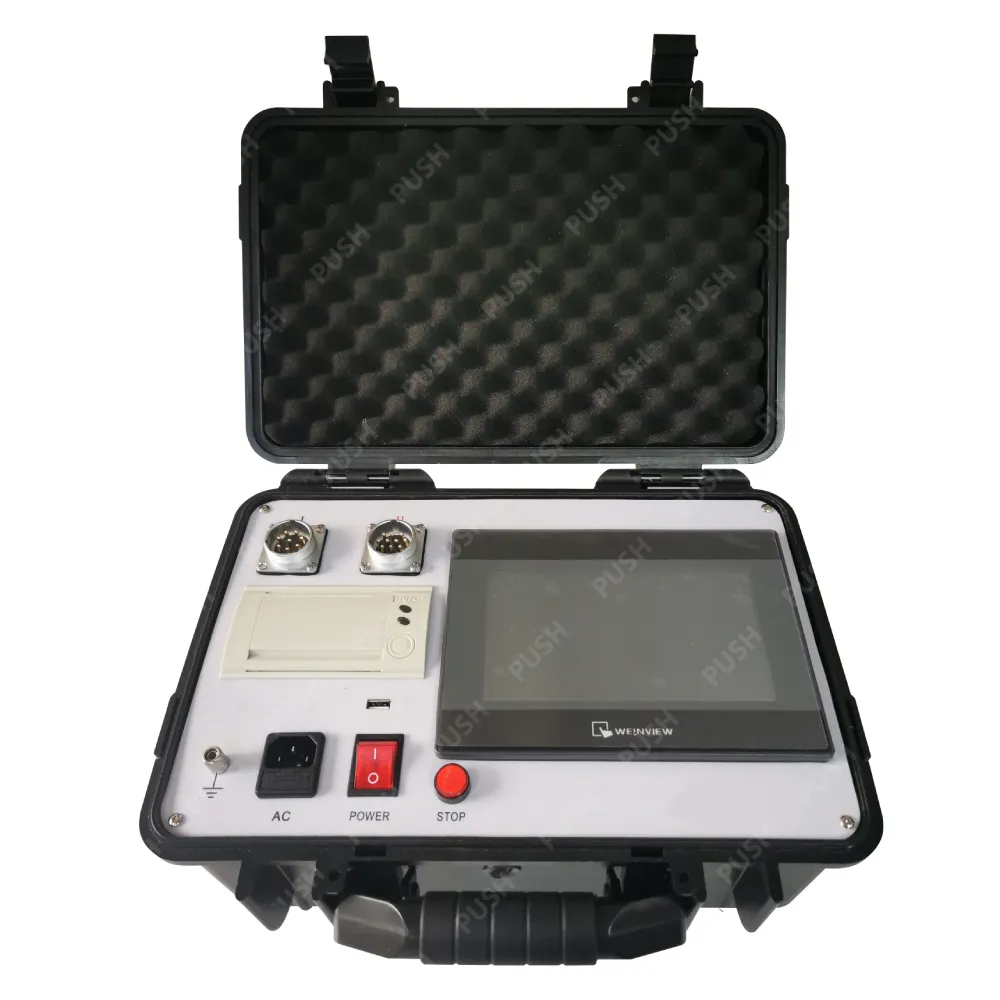 English
English



-
 Afrikaans
Afrikaans -
 Albanian
Albanian -
 Amharic
Amharic -
 Arabic
Arabic -
 Armenian
Armenian -
 Azerbaijani
Azerbaijani -
 Basque
Basque -
 Belarusian
Belarusian -
 Bengali
Bengali -
 Bosnian
Bosnian -
 Bulgarian
Bulgarian -
 Catalan
Catalan -
 Cebuano
Cebuano -
 China
China -
 China (Taiwan)
China (Taiwan) -
 Corsican
Corsican -
 Croatian
Croatian -
 Czech
Czech -
 Danish
Danish -
 Dutch
Dutch -
 English
English -
 Esperanto
Esperanto -
 Estonian
Estonian -
 Finnish
Finnish -
 French
French -
 Frisian
Frisian -
 Galician
Galician -
 Georgian
Georgian -
 German
German -
 Greek
Greek -
 Gujarati
Gujarati -
 Haitian Creole
Haitian Creole -
 hausa
hausa -
 hawaiian
hawaiian -
 Hebrew
Hebrew -
 Hindi
Hindi -
 Miao
Miao -
 Hungarian
Hungarian -
 Icelandic
Icelandic -
 igbo
igbo -
 Indonesian
Indonesian -
 irish
irish -
 Italian
Italian -
 Japanese
Japanese -
 Javanese
Javanese -
 Kannada
Kannada -
 kazakh
kazakh -
 Khmer
Khmer -
 Rwandese
Rwandese -
 Korean
Korean -
 Kurdish
Kurdish -
 Kyrgyz
Kyrgyz -
 Lao
Lao -
 Latin
Latin -
 Latvian
Latvian -
 Lithuanian
Lithuanian -
 Luxembourgish
Luxembourgish -
 Macedonian
Macedonian -
 Malgashi
Malgashi -
 Malay
Malay -
 Malayalam
Malayalam -
 Maltese
Maltese -
 Maori
Maori -
 Marathi
Marathi -
 Mongolian
Mongolian -
 Myanmar
Myanmar -
 Nepali
Nepali -
 Norwegian
Norwegian -
 Norwegian
Norwegian -
 Occitan
Occitan -
 Pashto
Pashto -
 Persian
Persian -
 Polish
Polish -
 Portuguese
Portuguese -
 Punjabi
Punjabi -
 Romanian
Romanian -
 Russian
Russian -
 Samoan
Samoan -
 Scottish Gaelic
Scottish Gaelic -
 Serbian
Serbian -
 Sesotho
Sesotho -
 Shona
Shona -
 Sindhi
Sindhi -
 Sinhala
Sinhala -
 Slovak
Slovak -
 Slovenian
Slovenian -
 Somali
Somali -
 Spanish
Spanish -
 Sundanese
Sundanese -
 Swahili
Swahili -
 Swedish
Swedish -
 Tagalog
Tagalog -
 Tajik
Tajik -
 Tamil
Tamil -
 Tatar
Tatar -
 Telugu
Telugu -
 Thai
Thai -
 Turkish
Turkish -
 Turkmen
Turkmen -
 Ukrainian
Ukrainian -
 Urdu
Urdu -
 Uighur
Uighur -
 Uzbek
Uzbek -
 Vietnamese
Vietnamese -
 Welsh
Welsh -
 Bantu
Bantu -
 Yiddish
Yiddish -
 Yoruba
Yoruba -
 Zulu
Zulu
ac dc hipot tester
Understanding AC DC Hipot Testers Ensuring Electrical Safety
In the realm of electrical engineering and maintenance, ensuring the safety and reliability of electrical equipment is of paramount importance. One of the essential tools utilized for this purpose is the AC DC Hipot tester, also known as a high-potential tester. This device plays a crucial role in verifying the insulation integrity of electrical components, ensuring they can withstand the operational voltages they will encounter in service.
What is an AC DC Hipot Tester?
An AC DC Hipot tester is a specialized instrument designed to apply high voltage to electrical equipment under test (EUT). The term Hipot comes from high potential, referring to the high voltage used during testing. These testers can apply either alternating current (AC) or direct current (DC) voltage, making them versatile for various testing scenarios.
The primary purpose of a Hipot tester is to assess the quality of insulation in cables, transformers, motors, and circuit boards. By subjecting the EUT to high voltage, the tester identifies potential insulation failures, such as breakdowns or weaknesses that could lead to hazardous conditions or equipment failure during operation.
Types of Tests Conducted
Hipot testers perform two main types of tests
ac dc hipot tester

1. Dielectric Strength Testing This test applies a high voltage over a specific period to determine the insulation's ability to withstand stress. If the insulation fails, current will flow through, indicating that there is a breakdown in the insulation.
2. Insulation Resistance Testing During this test, the tester measures the resistance of insulation material. High resistance indicates good insulation quality, while low resistance suggests deterioration or faults.
Importance of AC DC Hipot Testing
The significance of performing AC DC Hipot tests cannot be overstated. For manufacturers, these tests are vital during the production phase to ensure quality control and adherence to safety standards. Regular testing helps in preventive maintenance, allowing companies to detect issues before failures occur, thus avoiding costly downtimes and ensuring compliance with industry regulations.
Furthermore, in various industries—such as aerospace, automotive, and energy—compliance with safety standards is not only a regulatory requirement but also a matter of human safety. Electrical failures can lead to catastrophic events, making testing with Hipot instruments an indispensable practice.
Conclusion
In conclusion, AC DC Hipot testers are essential tools in the field of electrical engineering. Their ability to assess insulation quality through dielectric strength and insulation resistance tests makes them invaluable for ensuring the safety and reliability of electrical equipment. By integrating regular Hipot testing into maintenance schedules, companies can proactively address potential issues, enhancing safety and operational efficiency. As we continue to advance in technology, the significance of such tests in safeguarding our electrical systems becomes ever more critical.
-
Testing Equipment Industry Sees Major Advancements in 2025: Smart & Precision Technologies Lead the WayNewsJun.06,2025
-
Applications of Direct Current Generators in Renewable Energy SystemsNewsJun.05,2025
-
Hipot Tester Calibration and Accuracy GuidelinesNewsJun.05,2025
-
Digital Circuit Breaker Analyzer Features and BenefitsNewsJun.05,2025
-
Benefits of Real-Time Power Quality Monitoring Devices for Industrial EfficiencyNewsJun.05,2025
-
Earth Fault Loop Testing in High-Rise Building Electrical SystemsNewsJun.05,2025



